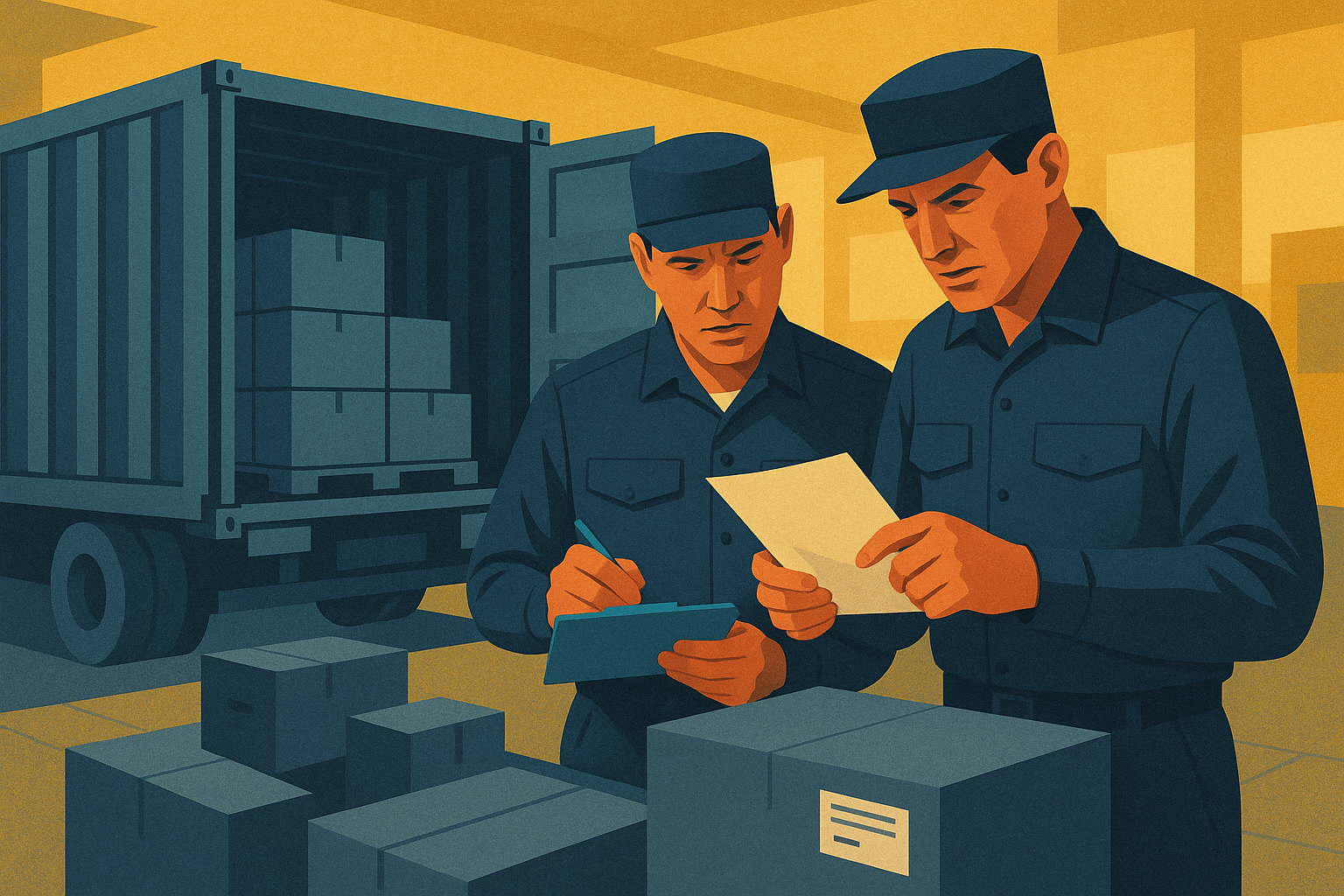Tariffs have long been part of the United States’ economic armoury. But in 2025 they have taken on a new role: blunt instruments of geopolitics. Over the past year Washington has moved beyond using duties to protect domestic industries, instead deploying them as penalties against countries seen as aligned with Russia or hostile to US interests.
The BRICS bloc — Brazil, Russia, India, China and South Africa — has become the central target. India, once viewed as a vital strategic partner, is now facing a 50% tariff burden on exports to the US after refusing to scale back Russian oil imports. Brazil and South Africa have been hit with punitive rates of their own, while China faces rolling waves of levies under a fragile truce.
The legal mechanism underpinning this shift is the International Emergency Economic Powers Act (IEEPA), which allows the president to declare a national emergency and regulate commerce. The act was originally intended for exceptional threats, but has now been stretched to cover trade deficits, fentanyl trafficking, and geopolitical alignment. By invoking emergency powers, the administration has bypassed Congress to impose sweeping tariffs on a global scale.
For companies, the consequences are immediate. Alex Saric, a smart procurement expert at Ivalua, said: “Changing US tariffs have taught us one thing — we can forget about long-range supply chain forecasts. Businesses now find themselves reacting to economic aftershocks within 48 hours, undertaking supply chain fire drills to mitigate the impact of changing tariffs.” He added that four in five UK businesses expect to be disrupted by increases in US tariffs, with 42% planning to pass on the additional costs to customers.
Saric also pointed to regional disparities within Europe: “The US-EU agreement lowers tariffs below the rates outlined on Liberation Day, but will also sow division in European supply chains. For example, businesses in Northern Ireland that sell into the US will face 10% tariffs due to the UK deal, while those in the Republic of Ireland will get hit by the higher 15% rate. This disparity could trigger further disruption across already strained supply chains as businesses scramble to understand how this trade deal affects them and their suppliers.”
Jim Bureau, CEO of Loftware, noted that companies are restructuring their networks to reduce exposure. “One of the biggest trends we’re seeing is the rerouting of materials so that they originate from geopolitically aligned or ‘friendly’ countries. This shift of ‘friend-shoring’ reflects growing caution around future tariffs, trade restrictions and political volatility.”
New world trade order —
Bureau highlighted several adjustments already in motion: British supermarkets rerouting goods through Ireland to avoid border checks; automotive companies moving elements of electric vehicle production into continental Europe; and fashion retailers splitting shipments or using bonded warehouses to minimise duty exposure.
“Businesses are becoming much more strategic about supplier selection and contingency planning, with flexibility and compliance capability now key criteria,” he said. “Whether it is rerouting goods, diversifying supplier networks or digitising trade documentation, the goal is to remain compliant and competitive in a volatile trade landscape.”
Technology is becoming central to resilience. Bureau added that “as tariff regimes become more complex, traceability is more important than ever to give companies the data they need to determine product origin, qualify for trade agreements and avoid costly misclassifications. Today’s supply chain networks are far from linear; they are global, fast-moving and heavily fragmented. The market is demanding a shift to data-driven ecosystems that can adapt quickly.”
The legal and regulatory outlook remains contested. The administration’s reliance on IEEPA to impose tariffs has already drawn scrutiny in US courts, raising the possibility of constitutional challenges. Trade lawyers caution that using import duties as a form of secondary sanction is untested and may leave companies navigating uncertain compliance obligations. In practice, businesses must treat these measures as enforceable and long-lasting, even as legal debates continue.
Advisory firms are urging boards to integrate geopolitical volatility into risk planning. KPMG’s 2025 risk guidance recommends scenario planning that accounts for “tectonic shifts in power, economic centres and trade.” Consultancies now advise boards to map supply chains beyond first-tier suppliers, stress-test liquidity under tariff exposure, and build contractual safeguards for sudden cost shocks. This playbook, once the preserve of government affairs teams, is now a routine item on board agendas.
Saric concluded that “resilience won’t come from simply reacting faster, but from planning as if disruption is permanent.” Bureau echoed that sentiment, emphasising agility and compliance as the only viable strategy in a fragmented trade order.
Tariffs are no longer just economic levers but geopolitical weapons. For companies trading across borders, agility, optionality and compliance are becoming the baseline conditions of survival in a world where the rules of commerce are being rewritten.




